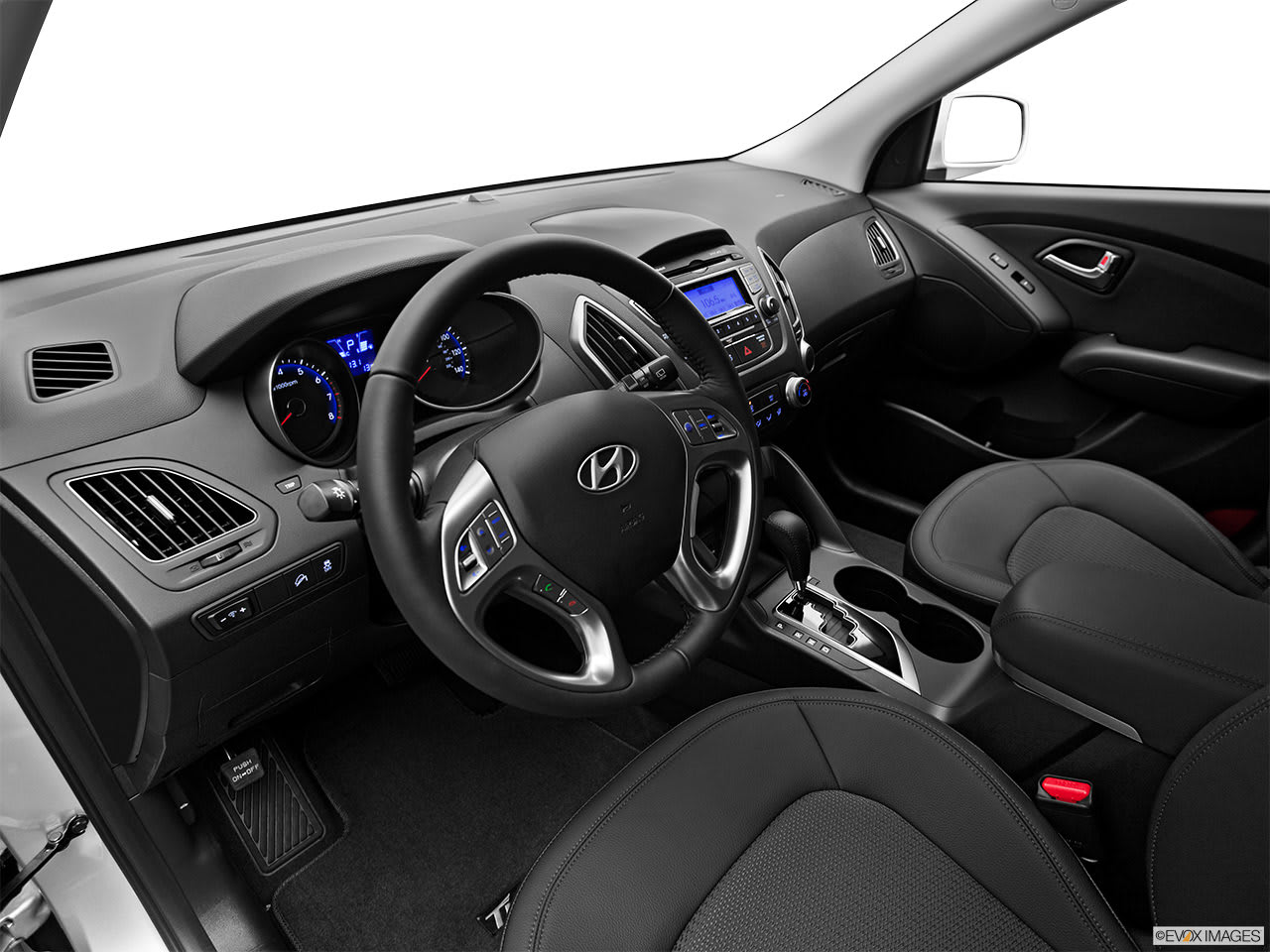

Electric car developers often broadcast their low emissions compared to traditional internal-combustion engine (ICE) vehicles. The majority of fuel cell cars can boast about producing zero emissions — emitting only water and heat. A fuel cell vehicle is still an electric vehicle (EV) but uses hydrogen gas to power its electric motor. These cars use a “fuel cell” instead of a battery to combine hydrogen and oxygen and produce electricity that then runs the motor and only expells nonpolluting tailpipe emissions.
Producing the hydrogen used to fuel the vehicle leads to some greenhouse gas pollution when procured from natural gas, but its use in fuel cell cars significantly reduces overall tailpipe emissions. Often touted as the car of the cleaner-energy future, many automotive manufacturers such as Honda, Mercedes-Benz, Hyundai, and Toyota already offer fuel cell vehicles, with other manufacturers in the conceptual stage. Unlike electric cars, whose complex batteries bring certain design restrictions, fuel cell cars can potentially replace all a manufacturer’s models.
To better understand hydrogen fuel cell cars, take a look at how they compare to regular ICEs, EVs, and hybrids in terms of refueling and range, environmental impact, and affordability.
Refueling and Range
Though the number of fueling stations is limited right now, hydrogen fuel cell vehicles are refueled similarly to ICE vehicles. Hydrogen refueling stations sell pressurized hydrogen that fills up a car in minutes. Actual refill time depends on hydrogen pressure and ambient temperature, but it is typically well under ten minutes. Other electric vehicles take a longer time to recharge and do not achieve the same range as conventional cars.
When full, the driving range of a fuel cell vehicle is similar to gasoline and diesel-run cars, traveling 200-300 miles off of a full charge. Like electric vehicles, they can also shut down the fuel cell to conserve energy while at stoplights or in traffic. Some models even incorporate regenerative braking to regain lost energy and keep the battery charged. In terms of fuel and range, fuel cell cars find the happy medium of certain hybrids that run on battery and/or motor power depending on driving circumstances. They capture the best of both ICEs and EVs with quick refilling, extended range, and energy-saving modes.
Unfortunately, as appealing as the long range and fast refuel sound, the number of hydrogen fueling stations is limited to a few big cities — almost exclusively in California’s San Francisco and Los Angeles areas. Infrastructure for fuel cell charging and refueling is working to meet a steadily growing demand, but still has a lot of catching up to do compared to EV charging station numbers and even more so with gas station locations.
Environmental Impact
With traditional cars, EVs, and fuel cell cars, there remains discussion and concern over long-term environmental impacts. Gasoline-powered cars produce a hefty amount of emissions, and battery electric cars create a notable footprint during production.
The hydrogen used in fuel cell cars is mostly obtained from natural gas. Natural gas is combined with high-temperature and high-pressure steam to form hydrogen. Called steam-methane reforming, the process does produce some carbon dioxide, but in overall smaller quantities when compared to EVs, hybrids, and fossil-fueled cars.
Since fuel cell cars are mostly seen in California, the state requires that at least 33 percent of the hydrogen gas put into the vehicle comes from renewable sources.
Affordability and Incentives
Fuel cell cars offer many benefits in terms of fuel efficiency and environmental impact. They fill up fast and have a range competitive with ICE vehicles. However, they cost a great deal of money to lease or purchase, as does their hydrogen fuel. Most manufacturers cover the cost of fuel for a limited time to help offset the high price tag in the hopes that vehicle and fuel costs will decrease over time.
In California, the state with the most, though small, fuel cell infrastructure, incentives were made available. Starting in February 2016, California offered rebates for fuel cell cars if funding was available. This was part of a state incentive to introduce more clean vehicles to the roadways. To receive the rebate, fuel cell car owners need to apply their vehicle. Owners would also qualify for a sticker giving them access to high-occupancy vehicle (HOV) lanes.
Fuel cell cars may become the practical car of tomorrow. Though cost and availability of charging stations hinder their demand right now, the potential for widespread availability and efficient driving remains. They look and operate like most other cars on the road — you’ll find no surprises sitting behind the wheel — but they suggest the possibility of widespread clean-energy driving in the near future.



